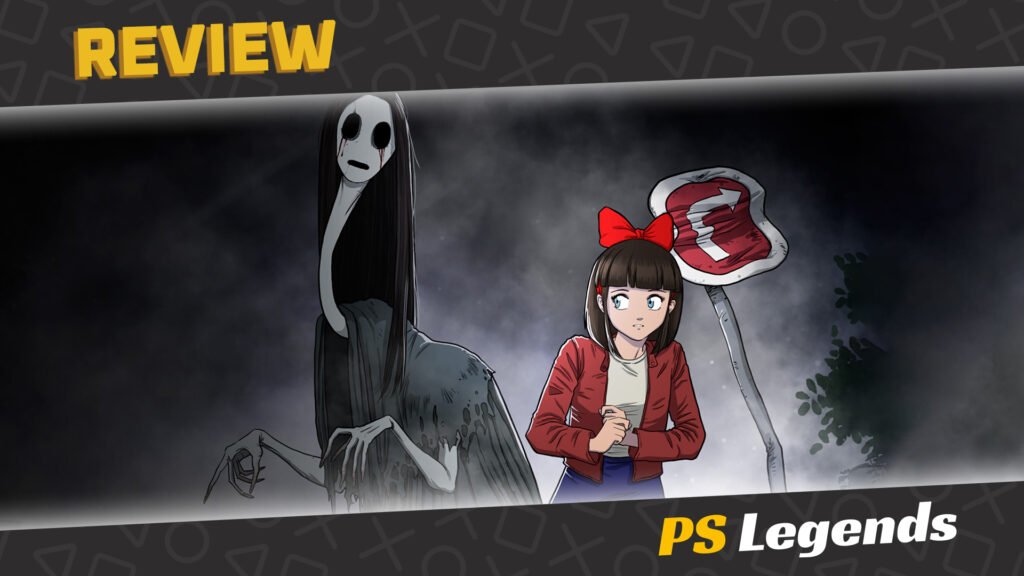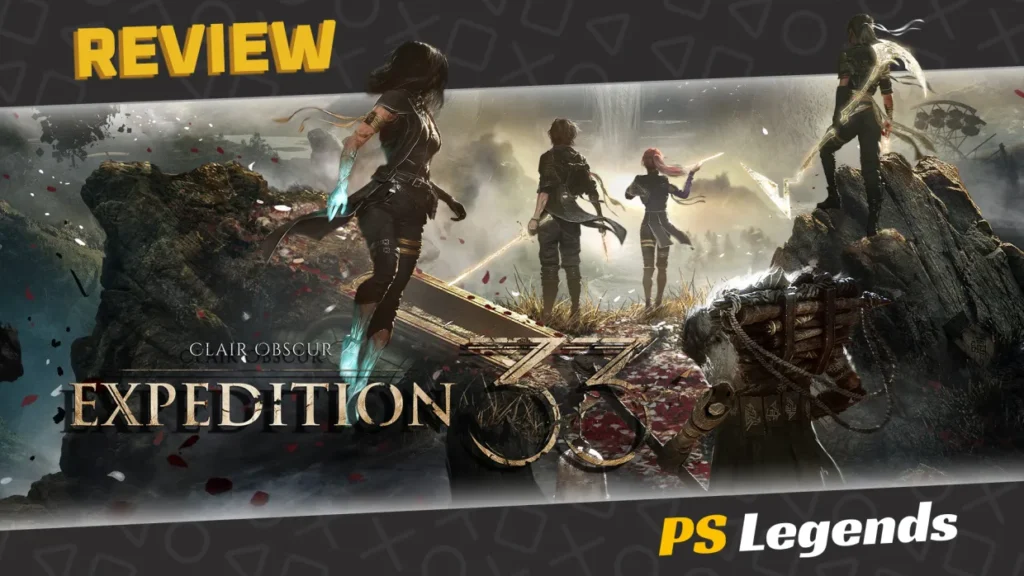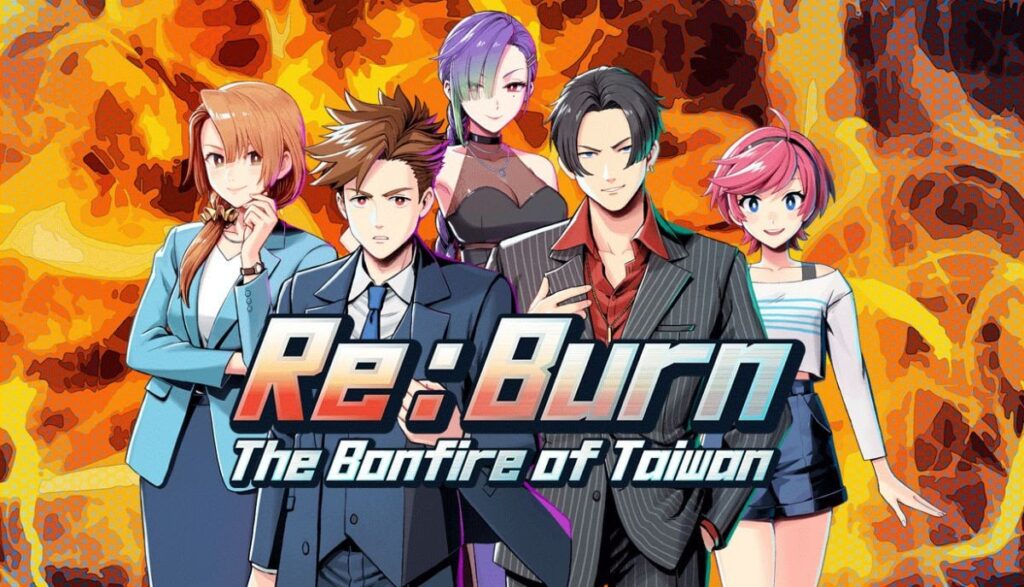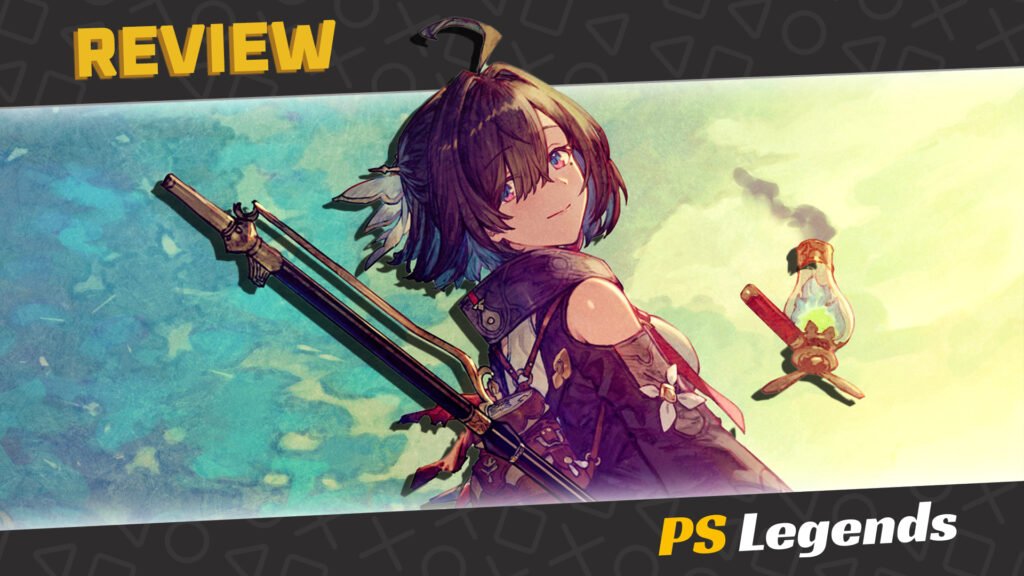Not all games are created equal. You’d think that would be common knowledge really, yet I often find gaming forums cluttered with unflattering comments made against nonjudgmental publishers like Ratalaika Games. Ratalaika tirelessly publishes a wide variety of games, including heavy-hitters like Nexomon and Turrican Flashback, while many others are short, retro-stylised games, child-friendly distractions, or low-budget experimental indie titles.
While it’s true that some Ratalaika releases feature commonly recycled content from ‘asset flip’ engine marketers and an additional focus on games marketed to trophy hunters due to many games having runtimes of little more than an hour, having a publisher supporting learning indie developers and shorter, casual games is surely a credible reason to respect such an open-minded endeavour.
Sure, some games on the Ratalaika label aren’t going to set the world on fire, yet when you take the time to stumble through such an extensive catalogue of games, you occasionally find an absolute gem. Today, I’m going to revisit an old favourite to show off just how good Ratalaika games can be if you look hard enough and give them the chance they deserve.
Introduction
Part of an ongoing series of Japanese-themed horror-adventure games with retro RPG visuals and point-and-click adventure elements, Red Bow manages to stand out from its siblings as the most accessible entry in developer Stranga Games’ catalogue, while still maintaining the haunting atmosphere which makes the series so unique. It’s a simple yet gorgeous little game, and sort of a spiritual successor to the equally excellent My Big Sister.
The world of Red Bow is filled with new and returning characters who are all unique in their personas and appearances, and nearly all exist within the largely self-serving grey area between benevolence and malevolence. It’s a story rich with detail, intrigue and generous helpings of horror. The game was released on 29th August, 2017, for PS4 and PS Vita.

Story
The dead, particularly those who perished under traumatic circumstances, are haunted by their own deaths in an endless purgatorial loop. However, with enough encouragement and inspiration from an outside influence, these loops can be broken, allowing those trapped within to accept the circumstances of their deaths and move on to whatever comes next. Only the innocent and impartial are granted temporary access to these enclosed nightmares.
In her dreams, innocent young Roh enters various states of limbo to help the trapped souls within find closure. Much like My Big Sister, there’s a strong Japanese horror theme as many of the souls that Roh meets have been transformed into twisted spirits, or Yurei and Yokai if you prefer. The endings are tied to how many souls that our heroine Roh helps find peace. Thinking outside the box by using specific items or dialogue choices results in different outcomes, which may well bring either serenity or calamity to any and all present.

Gameplay
This short game will have you entangled within its story-driven narrative and puzzles as you help Roh find an answer to her place in this strange world. Red Bow is designed to play and feel as a high-quality top-down retro 2D game, with each playthrough lasting as little as 20 minutes, yet different options mean different outcomes for those brave enough to retry the nightmare again.
The game uses a JRPG top-down style which consists of finding items, secrets and solving puzzles to progress the story. The game progresses in connected chapters, each with their own contained characters and locations. Environments contain curious secrets and charming easter eggs. Find the multiple endings by following clues and experimenting with your options.

Graphics/Sound
Confession time: I’m actually not a fan of pixel art in general. While I respect the intentions of nostalgic developers who want to revive the magic of the 80s and 90s, a time when games brought a level of escapism which our more privileged modern-day selves have less time and incentive to appreciate, it’s also not unreasonable to highlight that games as a whole weren’t graphically impressive back then.
I remember having to painstakingly crawl through the Amiga game catalogue to find something that looks good, and even then only those close-up, barely animated 2D faces from LucasArts’ Monkey Island games brought the relevant impressed grin to my face. Red Bow isn’t going to impress the graphics elites, yet it does have its moments of triumph.
Each area you explore is convincingly eerie yet charmingly simple. The horror elements are subtle yet effective, relying on atmosphere, a great soundtrack and grotesque imagery rather than gore and cheap jump-scares. The dark streets and Silent Hill-esque fog are present throughout, while the monstrosities you encounter can’t wait to writhe and contort to shock the player, though sadly we don’t get any snippets of voice acting this time around.
Following the style of retro pixel art games, such as classic Final Fantasy, Zelda and Pokémon while mixing in a few newer ideas from more modern horror classics, such as more natural lighting, gives the game a pleasingly unique look. The soundtrack goes beyond even this, haunting each chapter scene with an authentic-sounding Japanese horror-track orchestra. Each track really helps captivate the mind, absorbing the player into this tiny pixelated nightmare world.

Replayability/Trophies
Where My Big Sister brought a horror-adventure with branching story routes dependent on player choices, Red Bow provides a linear story with three different endings based on your performance, and so three playthroughs are required if you want to see everything and grab the platinum trophy, though you can technically do it in two with some save-file manipulation.
This one all comes down to how much time you want to invest in experimenting with the game’s narrative options. Playing around with each scenario across multiple playthroughs can easily bump up your playtime to over two hours, whereas following a guide to box off all outcomes in two or three playthroughs means an hour is really all you need.

Conclusion
Each playthrough might only be around 20 minutes long, but in this brief time you’ll meet characters with real depth as you uncover their traumatic pasts. It might be shorter and more simplified in its execution and outcomes of the narrative compared to My Big Sister, but Red Bow is still damned good at what it does. Red Bow is meant to be short; it’s a collection of brief nightmares after all, and the player is compensated for the short runtime with a generously tiny price tag.
Few games can achieve such an eerie feeling that sends a chill up your spine within the first five minutes. Red Bow absolutely nails the atmosphere here. Roh’s only goal is to get home, and the ending of each chapter will present to you with a few options of how this plays out. Though, be careful what you choose, as your choices have consequences not only for Roh, but for those lost souls she meets along the way. This isn’t Roh’s story, but rather a collection of tragic tales for a range of damned individuals. Could this one young girl be an arbiter of fate?
Joys
- Beautiful story of indifference and consequence
- Genuinely creepy and full of classic Japanese horror references
- Fascinating characters, plagued by melancholy
Cons
- No voice acting
- Won’t convert all pixel art haters



